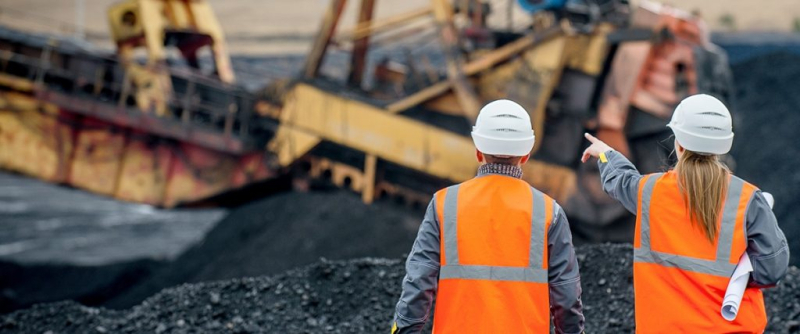
Changes are afoot in the Iranian-linked VLCC fleet with just over six weeks until Donald Trump is sworn in as the 47th president of the US.
Splash reported on further sanctions aimed at Iran’s tanker fleet earlier this week, as well as news that China has started to ease imports of Iranian oil. Now broker Braemar is reporting two shadow fleet VLCCs are being pushed in the market for demolition. If they are scrapped they will be the first VLCCs to go to the breakers since 2022.
“If sanctions continue to make Chinese customers wary of Iranian barrels, the VLCCs over the age of 20, which carry the majority of Iranian oil, are likely to be scrapped,” Braemar suggested in a new report. So far in 2024, two-thirds of the crude oil on 20+ year-old VLCCs has been Iranian.
Around 44% of Iranian oil cargoes on VLCCs this year were on sanctioned tankers, according to Braemar.
“This, and their age, makes it unlikely that these ships will be able to easily return to unsanctioned trades,” Braemar maintained.
In his first term, Trump withdrew the US from the Iran nuclear deal and reimposed a full embargo on Iran’s crude oil exports in 2019. As a result, Iran’s crude oil shipments collapsed from 2.5m barrels per day in the first half of 2018 to 250,000 barrels per day. During the Biden administration, sanctions were not as strictly enforced and Iranian exports gradually recovered. In 2024 year-to-date, Iranian exports averaged more than 1.5m barrels per day according to data compiled by Poten & Partners.
“If the US could dramatically reduce Iranian exports, this would give a boost to the tanker market, in particular VLCCs,” Poten noted in a recent report. “A large proportion of the VLCCs in the dark fleet are used to transport Iranian crude. Venezuela’s exports are small and Russia mostly utilises aframaxes and suezmaxes. Iranian barrels would need to be replaced by non-sanction oil from other producers, which would create additional employment opportunities for the mainstream tanker fleet.”
Five years ago, Trump’s previous administration sanctioned Chinese state-run carrier COSCO’s subsidiaries for their participation in Iran oil trade, causing freight rates to spike to $200,000 a day.
The US has sanctioned 35 VLCCs in total, with another 85 on a watchlist something analysts at Jefferies described earlier this week as a “potential win-win… increasingly on the horizon for VLCCs and the tanker market overall”.
If the US does go after the other 85 VLCCs on its watchlist, Jefferies analysis suggests this would shift crude tanker capacity utilisation significantly from 85% to 95%.






























